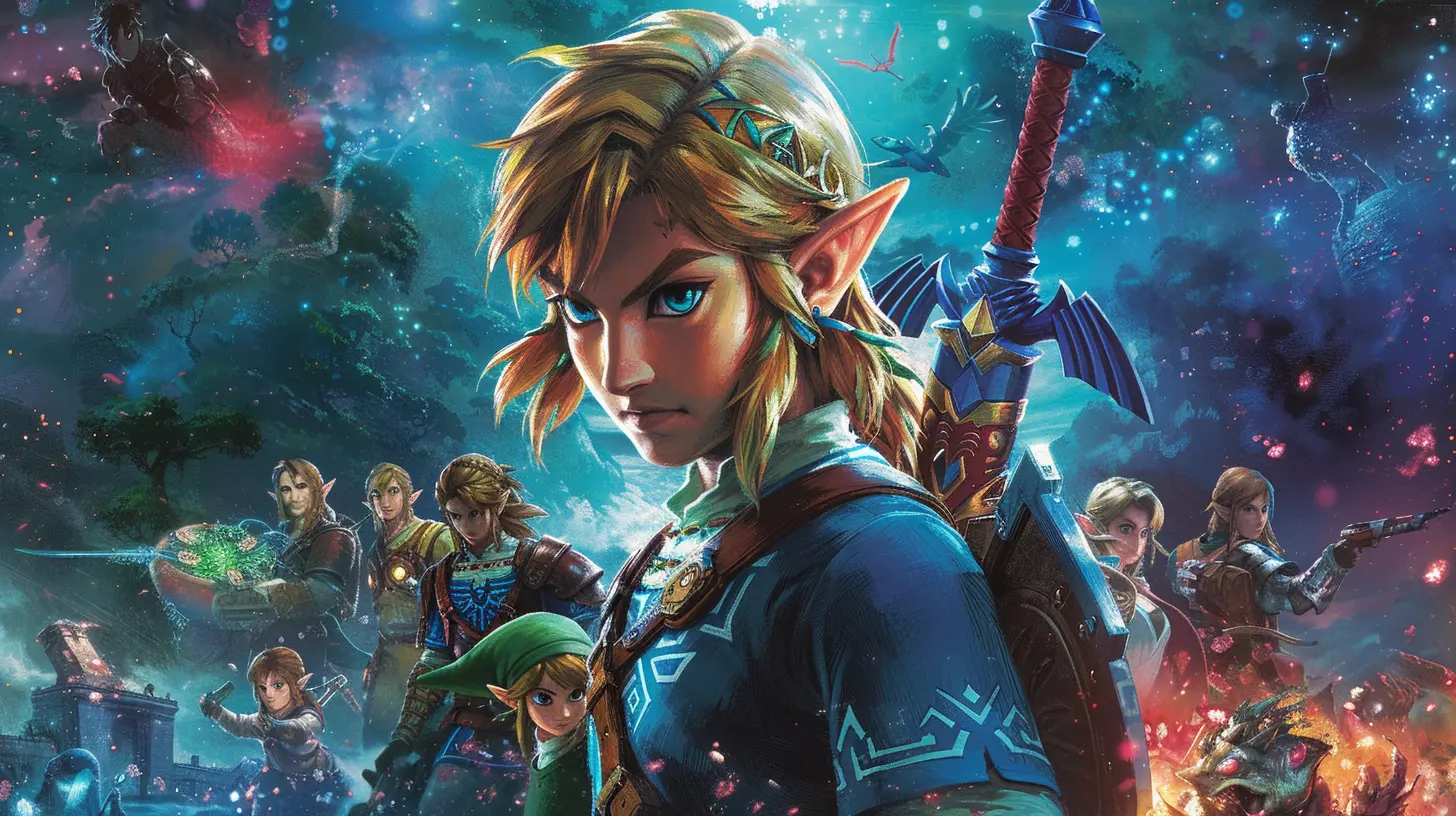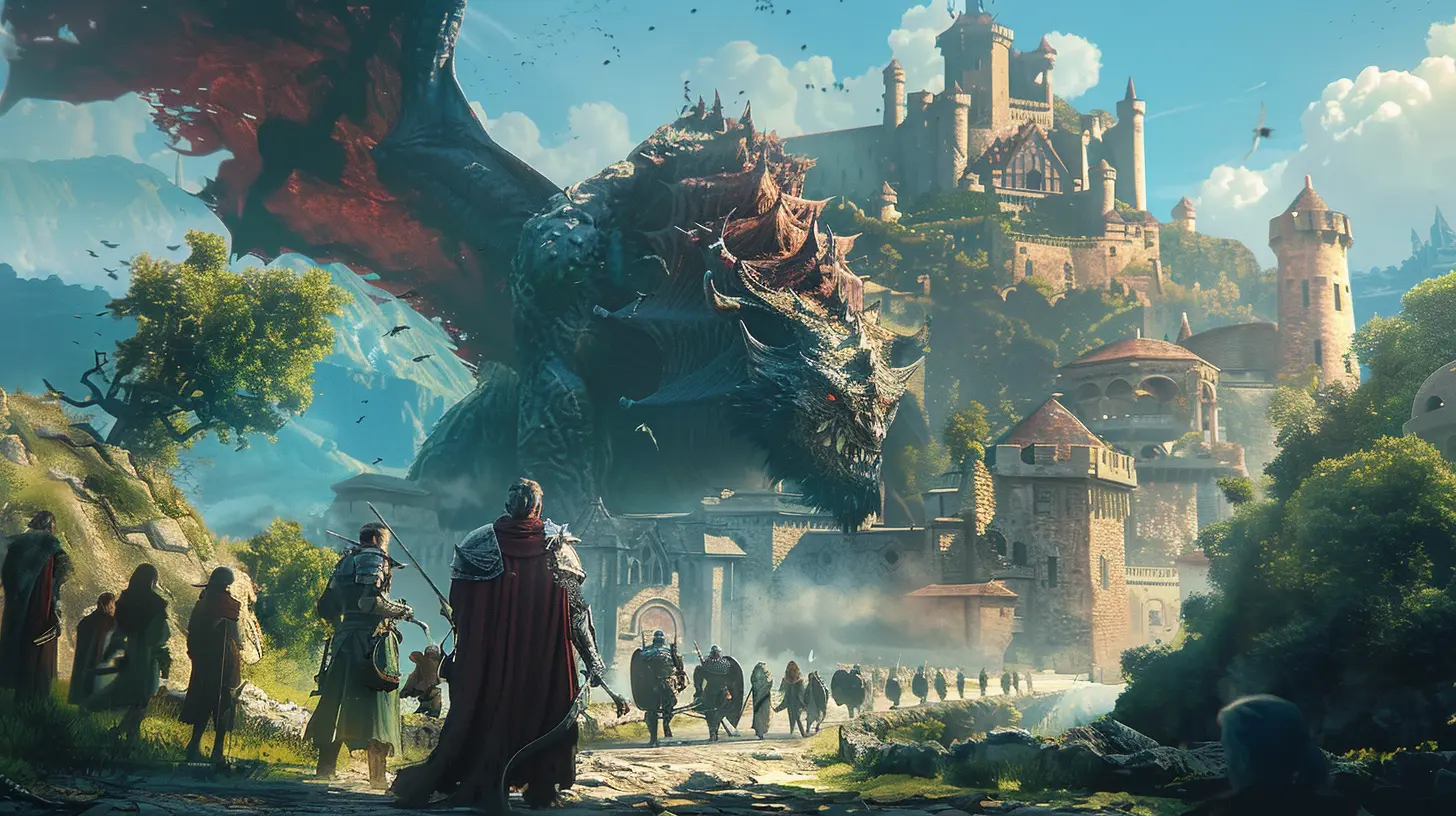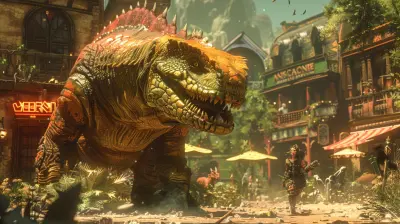10 February 2025
You’ve been there—stuck in the heat of a game, adrenaline pumping, every decision carrying the weight of success or failure. Do you push forward with reckless abandon, charging into the fray with a ferocious, aggressive playstyle? Or do you dig in, fortify your position, and wait for the perfect counter-move, adopting a more defensive approach? This eternal tug-of-war between aggression and caution has been the backbone of competitive gaming strategies for years. But here’s the kicker: Neither approach is the “right” one. The real magic lies in striking a balance between the two.
In this article, we’ll break down the nuances of aggressive and defensive playstyles, examine their pros and cons, and, most importantly, figure out how you can master the delicate dance between the two. So, buckle up because we’re diving deep into this fascinating topic.
What Is Aggressive Play?
Aggressive play is the equivalent of stepping on the gas pedal and never looking back. It’s bold, fast-paced, and often risky. Picture this: You’re playing an FPS, and instead of waiting for your opponent to peek out of cover, you run headfirst into battle guns blazing. This is aggression in its rawest form—and it’s exhilarating.Aggressive players thrive on momentum. They dominate the map, dictate the pace, and keep opponents perpetually on the back foot. But aggression isn’t just about chaos. Good aggressive play involves calculated risks. It’s about knowing when to push, where to apply pressure, and how to exploit weaknesses.
Benefits of Aggressive Play
- Control the Tempo: When you’re aggressive, you’re the one calling the shots. Your opponents are forced to react to your moves rather than execute their own plans.- Surprise Factor: Let’s face it—no one expects a full-on blitzkrieg. Catching your opponents off-guard can lead to easy wins.
- Confidence Booster: The rush of outplaying someone with a bold move can be a massive confidence boost, reinforcing your dominance.
Drawbacks of Aggressive Play
- Risky Business: Overcommitment can leave you exposed and vulnerable. One wrong move, and the game can spiral out of control.- Resource Burnout: Aggressive play often demands heavy resource use—be it in-game currency, ammo, or even energy. Overextending can leave you high and dry.
- Tilt Potential: Let’s be real—aggression can backfire spectacularly. And when it does, frustration can quickly creep in, throwing you off your game.

What Is Defensive Play?
On the flip side, defensive play is all about patience and precision. Think of it as the art of biding your time, waiting for the perfect opportunity to strike. Defensive players are like wise chess masters, always a few moves ahead, setting traps, and anticipating their opponent's every decision.Imagine you’re in a strategy game, and instead of rushing to expand your territory, you focus on building impenetrable defenses. You let your enemy come to you, exposing their weaknesses in the process. Defensive play ensures control, but it’s often accused of being too slow or passive.
Benefits of Defensive Play
- Longevity: Defensive players are in it for the long haul. By preserving resources and staying cautious, they’re better equipped for extended matches.- Consistency: A solid defense minimizes mistakes. It’s the gaming equivalent of “slow and steady wins the race.”
- Punish Aggression: Defensive strategies shine when facing overly aggressive opponents. All it takes is one mistake from them, and you can turn their fervor into your advantage.
Drawbacks of Defensive Play
- Predictability: A purely defensive approach can be easy to read. Smart opponents will exploit your passivity to outmaneuver you.- Lost Opportunities: Sometimes, being overly cautious means missing out on game-changing opportunities.
- Momentum Disadvantage: Defensive players often find themselves at the mercy of aggressive opponents who control the tempo of the game.

The Key to Success: Finding the Balance
Here’s the million-dollar question: How do you balance aggressive and defensive play? If you can consistently switch between these styles, adapting to the game’s demands and your opponent’s tendencies, you’ve essentially unlocked the holy grail of competitive gaming. Here’s how you can nail it:1. Understand the Game Dynamics
Not all games are created equal. Some reward aggression (like FPS games where fast reflexes can secure a kill), while others favor strategy and patience (think RTS or turn-based games). Before you even think about your playstyle, ask yourself: What does the game demand? Understanding the core mechanics will help you decide when to push forward and when to hold back.2. Adapt to Your Opponent
Gaming is as much about psychology as it is skill. Is your opponent overly aggressive? Go defensive and let them tire themselves out. Are they turtling up in the corner? Time to ramp up the pressure and force them out of their comfort zone.Think of this as a mental chess game. Adapting to your opponent’s playstyle can give you the upper hand, even if your mechanical skills aren’t on par with theirs.
3. Pay Attention to Resources
Resources are everything. Whether it’s health, ammo, mana, time, or even in-game economy, knowing how much you have to work with can shape your strategy. Running low on resources? It might be wise to play defensively for a while. Overflowing with them? Go on an all-out offensive.Managing your resources effectively allows you to switch between aggression and defense seamlessly, depending on what the situation demands.
4. Master the Art of Mind Games
Want to tilt your opponent into making poor decisions? Mix things up. Start aggressive, but then suddenly pull back into a defensive posture. Or play defensively for a while and then strike with an unexpected, well-timed offensive. Keeping your opponent guessing is half the battle.It’s like being a magician—people are so focused on what they think you’ll do next, they miss what you’re actually doing.
5. Know When to Retreat
Here’s the thing: retreating isn’t shameful; it’s smart. If your aggressive push isn’t working, pull back and regroup. Similarly, if your defensive posture is getting overwhelmed, it might be time to abandon your position and reposition. Recognizing when to fall back can prevent small mistakes from snowballing into full-blown disasters.6. Experiment and Practice
Balancing aggression and defense isn’t something you can master overnight. It takes practice, experimentation, and, let’s be honest, a lot of failures. Try pushing your limits in casual matches to see how far you can go before your playstyle falls apart. Use those lessons to refine your approach in competitive games.
Real-Life Example: The Balancing Act in Action
Let’s use MOBAs as an example. Say you’re playing a top lane champion in League of Legends. Early game, you might adopt a defensive stance, farming minions and avoiding unnecessary fights. But as soon as your opponent burns a key ability or overextends, you switch gears and go for the kill. This constant ebb and flow between aggression and defense is what separates good players from great ones.Another example? Fighting games. Defensive posturing might help you read your opponent’s combos, but once you spot an opening, you’ll need to switch to an aggressive combo to capitalize on it.
Final Thoughts
Aggressive vs. defensive play isn’t a matter of choosing one over the other—it’s about weaving both styles together in a way that keeps you unpredictable and adaptable. Think of it like being a seasoned boxer. You don’t just throw punches wildly or stay in a defensive shell the entire match. You bob, weave, counter, and jab, always adjusting to what’s in front of you.So, the next time you’re in a heated match, don’t think of aggression and defense as polar opposites. Instead, treat them as tools in your arsenal. Use them wisely, and you’ll not only improve your game but also leave your opponents scratching their heads wondering what hit them. After all, balance is the key to victory.








Velvet Cannon
Great article! Striking the right balance between aggression and defense can really level up your gameplay. Embrace both styles, experiment, and remember: every match is an opportunity to learn and improve. Happy gaming!
April 3, 2025 at 5:08 AM